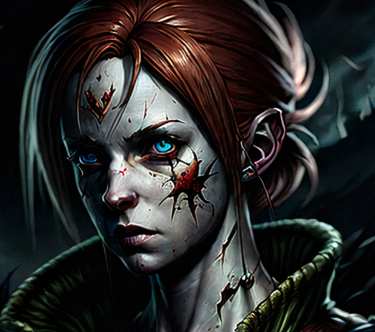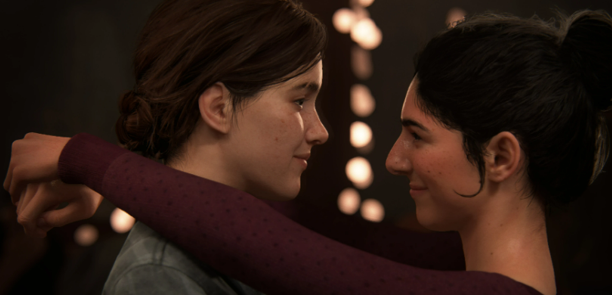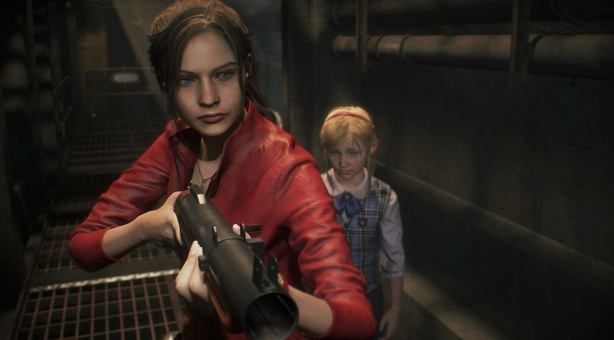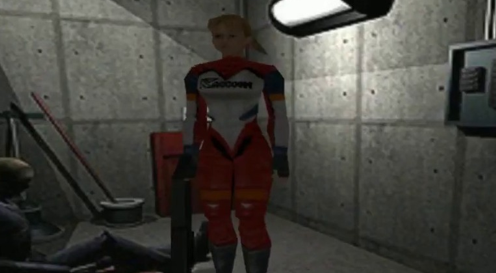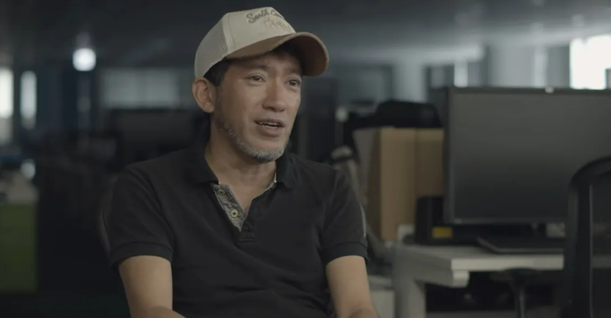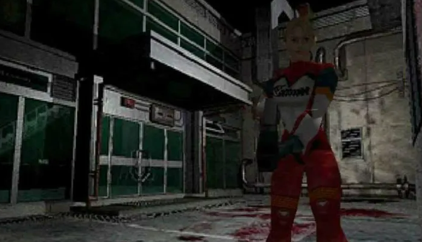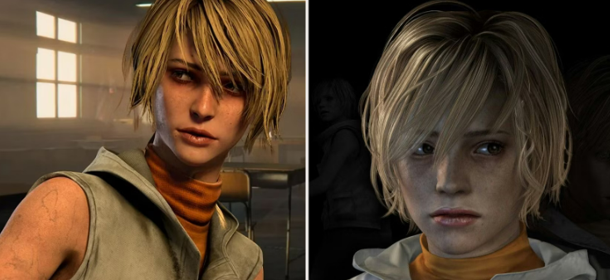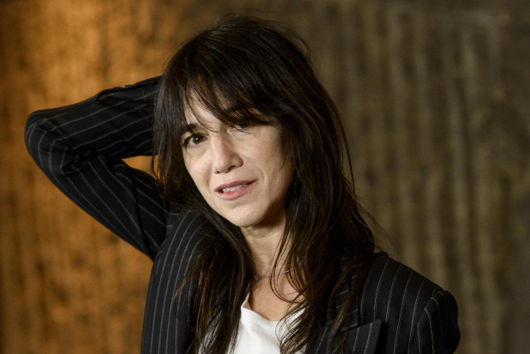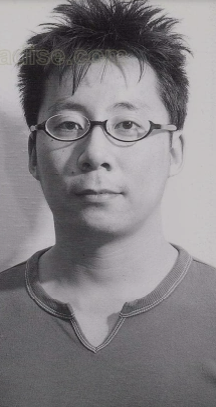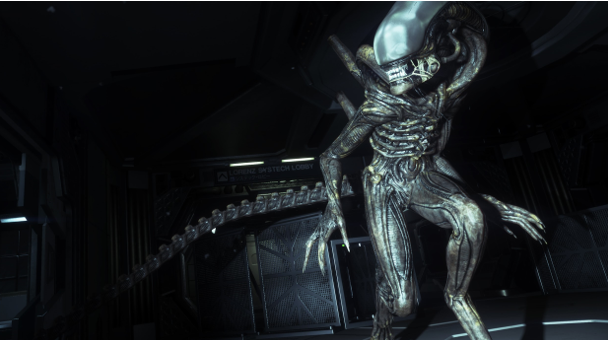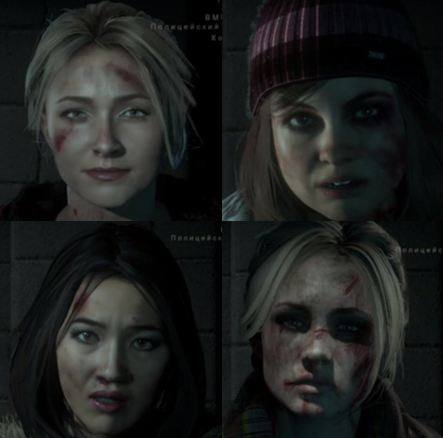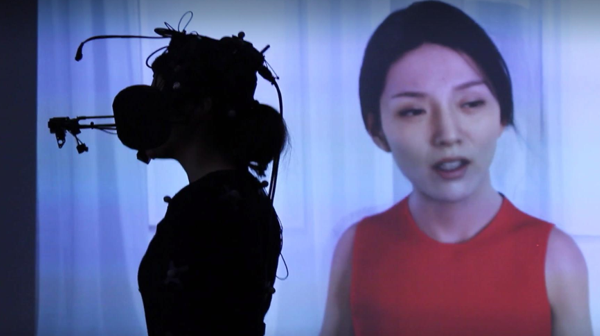TOP 5 Survival Horror Games with Female Protagonists | How Developers Create Horror Female Characters
Survival horror games have long been an important part of our gaming community, offering players a mix of suspense, fear, and adrenaline.
But in recent years, there’s been a notable rise in games featuring female protagonists.
Such characters bring a new perspective to the horror genre, and developers take unique approaches to creating their stories and characters.
In this article, we’ll take a look at 5 of the best survival horror games with female protagonists and learn how developers and game art outsourcing studios create these convincing characters.
Let’s start with the basics. Historically, female characters in video games have often been assigned the role of “ladies in trouble”. However, as the gaming industry has evolved, so has the representation of women.
Today, female protagonists are at the forefront of some of the most iconic survival horror games, demonstrating strength, intellect, and resilience.
Game developers often focus on creating a backstory that resonates with players. This involves giving the character depth, emotions, and motivations.
A character may be searching for a lost loved one or seeking revenge against offenders. This emotional connection ensures that players are interested in the character’s journey.
1. ) Ellie: A Symbol of Hope in a Post-Apocalyptic World (The Last of Us)
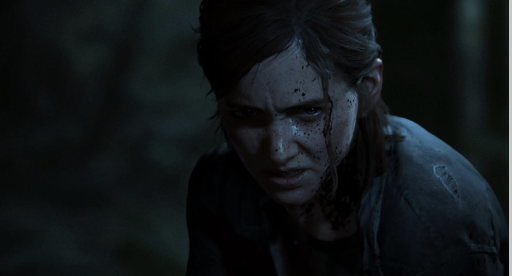
In The Last of Us, players see Ellie’s transformation from a young, naive girl to a resilient survivalist. The developers at Naughty Dog have made her character easily recognizable, showing her vulnerabilities and strengths in equal measure. Ellie’s journey is a testimony to the human spirit’s ability to adapt and overcome challenges.
The game’s co-director and writer, Neil Druckmann, emphasized the challenging journey of Ellie’s character development during The Last Last of Us titles. He wanted players to grapple with the moral complexities of Ellie’s actions, emphasizing that her quest for revenge doesn’t necessarily make her a bad person.
Read Also: Top 9 Multiplayer Games for PC & Mac in 2024
Ellie’s optimism diminishes significantly in the sequel (The Last of Us 2). The events of the first game and the choices made by those around her, especially Joel, have left her disillusioned. Her appearance and demeanor reflect the trauma and stress she’s endured.
Despite the overwhelming themes of revenge and hate, love plays a crucial role in the narrative. Ellie’s relationship with Dina, her girlfriend, offers moments of levity and hope. Dina serves as a beacon of light, reminding Ellie of her past self and the possibility of a brighter future.
The rise of female protagonists in survival horror games signifies a shift in the gaming industry. Developers recognize the need for diverse characters and stories, leading to richer and more varied gaming experiences.
2. Claire: A Determined Fighter in a World of Chaos (Resident Evil)
Claire Redfield, one of the iconic characters in the “Resident Evil” series, shows courage and determination. Capcom, the developer of the game, made sure that Claire is not just a girl in trouble, but a hero in her own right, fighting zombies and uncovering conspiracies.
Claire’s character was initially conceptualized as ‘Elza Walker’, a college student and motorcycle racer. However, to create a stronger connection between the first two games, she was reimagined as Chris Redfield’s sister, Claire.
The transition from Elza to Claire involved not just a name change but also a shift in backstory. Claire’s reason for arriving in Raccoon City was to search for her brother Chris.
As the series progressed, Claire’s character underwent significant development. By the time of “Resident Evil – Code: Veronica”, she had become tougher, having survived the horrors of Raccoon City. This evolution was intentional, reflecting her experiences and making her a more formidable character.
Shinji Mikami, the producer, was keen on portraying Claire as an independent woman, steering clear of the common submissive or eroticized portrayals of women in video games of that era.
The development journey of RE2 is a story of its own. From disagreements between Mikami and Kamiya to the scrapping of the initial 70% completed version (known as “Resident Evil 1.5”), the game has gone through significant changes. The introduction of the zapping system, which allowed actions in one scenario to affect another, was a notable addition.
If the developers of Resident Evil had not developed it directly but had used game development outsourcing services, the situation could have been completely different. Professional game art outsourcing is important for the successful development of your game.
Read the Post: How to Get Colorful Aesthetic Camera Icon for IOS
3.) Heather: Nightmarish Adventure (Silent Hill 3)
The game “Silent Hill 3” introduces players to Heather, a young woman searching for answers in the creepy town of Silent Hill.
The development team felt the initial design was too “nice” for the creepy world of Silent Hill. To add depth and complexity, they turned to Sophie Marceau and Gainsbourg for inspiration, aiming to infuse Heather with a mix of both masculine and feminine traits.
Heather’s first sketches drew inspiration from French actress Charlotte Gainsbourg. These designs painted her as an innocent character, embodying a sense of purity and naivety.
Practicality played a role in Heather’s hair design. While the initial design had longer, more natural hair, the PlayStation 2’s processing limitations led to the choice of shorter, curly hair. This not only saved on processing power (which was then used to enhance the game’s monsters) but also aligned with the team’s vision of a young, feminine protagonist.
Shingo Yuri, the character designer, initially envisioned Heather in jeans, symbolizing her tomboyish nature. However, female members of Team Silent advocated for a more feminine look, leading to the decision to showcase Heather’s legs. This change was more than just aesthetic; it was about striking a balance between her toughness and femininity.
4.) Amanda Ripley: Facing the Unknown in Deep Space (Alien: Isolation)
In “Alien: Isolation,” players step into the shoes of Amanda Ripley, daughter of the famed Ellen Ripley. Developed by Creative Assembly, the game focuses on Amanda’s quest to find answers about her mother’s disappearance, all while being hunted by a relentless alien. Amanda’s character is a blend of intelligence and tenacity, making her a standout in the horror genre.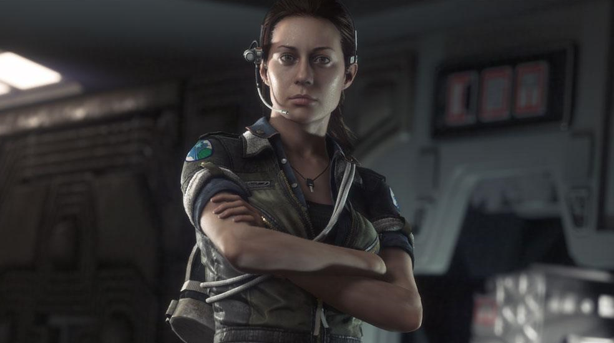
The game aims to capture the essence of the original film while introducing a new character who is underpowered and unprepared, facing overwhelming odds.
The Alien in the game is designed to be dynamic, reactive, and not bound by pre-prescribed paths or scripts. It uses its senses to hunt the player down and reacts to the player’s actions.
Sound plays a significant role in the horror experience of the game. The game’s music deconstructed the original score to create new pieces containing fragments and motifs of the original score by Jerry Goldsmith. The compositions are dynamically adjusted in real-time to support the events on screen.
5.) Female characters from Until Dawn
Until Dawn by Supermassive Games offers players multiple female protagonists, each with their fears and secrets. The game’s branching storyline allows players to shape the fate of these characters, making choices that can lead to their survival or demise.
The developers ensured that each character, from the brave Sam to the uncertain Ashley, had depth and relatability
- The team collaborated with Cubic Motion and 3Lateral to capture the actors’ performances, increasing the realism of the game.
- The game adopted a static camera angle, reminiscent of early Resident Evil titles. This was initially met with resistance but was eventually implemented to ensure each camera angle had narrative motivations.
- The game’s story and atmosphere were crafted to resemble a typical teen horror movie. It drew inspiration from classic horror films like Psycho, The Haunting, and The Exorcist.
From a developer’s perspective, “Until Dawn” was a journey of evolution, experimentation, and innovation. The female characters, like all characters in the game, were crafted with depth and nuance, ensuring that players could connect with them on an emotional level. The game’s development showcases the challenges and rewards of creating a narrative-driven horror experience that resonates with players.
Crafting Horror’s Leading Ladies: A Developer’s Perspective
Creating a female protagonist in a horror game is more than just developing a character model. Developers pay special attention to the character’s backstory, personality, and development.
They aim to make these characters understandable to players so that their fears, hopes, and concerns resonate with the audience. In this way, they not only enhance the gaming experience but also contribute to a broader representation of strong female characters in the media.
As the industry continues to evolve, players can expect to see even more compelling female leads, each bringing their unique perspective to the horror genre.
